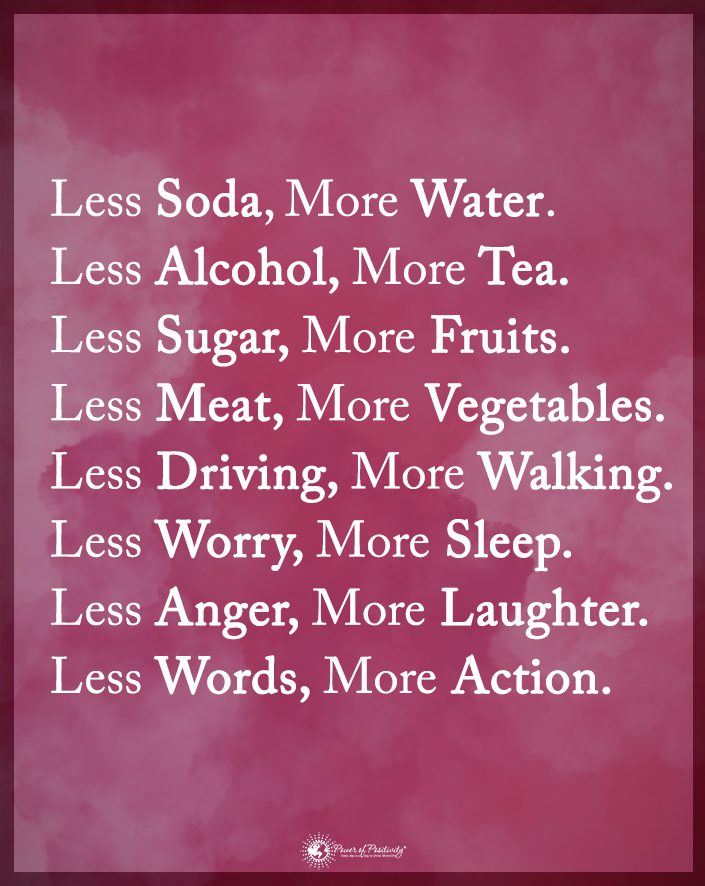Here’s how a homeless man showed incredible character with a single act of kindness and honesty.
In the hustle and bustle of life, we often forget that every individual has a unique story. Some stories are filled with triumphs, while struggles mark others. But now and then, we come across a story that sends our hearts pitter-patter and reminds us of the power of kindness, honesty, and resilience. Today, we bring you one such story. It’s the story of Elmer, a homeless man, and Roberta, a successful real estate broker. Their lives intersected unusually, leading to a heartwarming tale of compassion, kindness, and second chances.
Homeless Man Returns $10,000 Check
Roberta, the woman behind Ms. Millionaire Mindset Academy and Training Seminars, was once a homeless teenage mother. She fought her way up from the streets, determined to provide a better life for her children. Her journey led her to become a millionaire, proving that one can overcome any obstacle with determination and hard work.
One day, Roberta lost a $10,000 check. That could have been a significant setback. But fate, fortunately, had other plans. Elmer, who was homeless at the time, found the check. Despite the life-changing amount of money, Elmer didn’t consider cashing it. Instead, he decided to return it to its rightful owner. This act of honesty and kindness led him to Roberta.
Elmer’s story resonated with Roberta. She saw her past struggles reflected in him and decided to help him rewrite his future. Roberta found an apartment for Elmer and paid his rent for the first seven months, giving him a chance to get back on his feet. She also enrolled him in real estate school, allowing him to build a new career.
Although these events unfolded a few years ago, this story of overcoming adversity with kindness and character is still powerful today.
This narrative not only underscores the importance of kindness but also sheds light on the potential of the real estate sector as a pathway to success. In a state like Georgia, with its diverse landscape and burgeoning real estate market, opportunities abound for individuals like Elmer to thrive. Websites like https://exprealty.com/us/ga/ offer invaluable resources for those seeking to explore the Georgia real estate landscape, providing comprehensive listings and expert guidance to navigate the intricacies of buying and selling properties in the region. In addition, if you’re planning on downsizing and transitioning to a new environment, Silvergate Senior Realty will assist you.

How Many People Experience Homelessness in the United States?
According to the National Alliance to End Homelessness, over half a million people in the United States are experiencing homelessness on any given night. This includes individuals living on the streets, in shelters, or transitional housing. It’s a sobering statistic highlighting the severity of our country’s homelessness crisis.
What Are the Solutions to Help the Homeless?
Addressing homelessness requires a multi-faceted approach. This includes providing immediate shelter, basic needs, and long-term solutions such as affordable housing, job training, and mental health services. It’s also crucial to address the root causes of homelessness, including poverty, lack of affordable housing, and systemic inequality.
Roberta and Elmer’s project is a shining example of a solution in action. They are building a transitional house for struggling and homeless young people, offering them a stepping stone toward a better life. This project is not about profit but helping those who need it most.
Reasons Why One Might Experience Homelessness
So what has happened to cause the expansion of homelessness in the United States?
Poverty
Poverty is a significant factor contributing to homelessness. When individuals or families live below the poverty line, they are often in a precarious financial situation, with little to no room for unexpected expenses. This financial vulnerability can quickly lead to homelessness in the face of an unexpected financial crisis.
Consider, for instance, a medical emergency. Healthcare costs are notoriously high in the United States, and a sudden illness or injury can lead to substantial medical bills. For those living in poverty, these costs can be insurmountable. Even with health insurance, high deductibles, co-pays, and out-of-pocket expenses can quickly drain limited financial resources. If a family cannot pay these bills, they may choose between medical care and keeping a roof over their heads.
Similarly, a sudden car repair can also lead to financial instability. For many, a car is not a luxury but a necessity for getting to work, taking children to school, or accessing essential services. If a car breaks down and the repair costs are beyond what a family can afford, it can lead to job loss and, subsequently, loss of housing.
Job loss is another common trigger for homelessness among those living in poverty. Without a steady income, individuals and families can quickly deplete any savings they may have and fall behind on rent or mortgage payments. In a competitive job market, finding new employment can take time, and without a financial safety net, the risk of becoming homeless during this period is high.
Addressing poverty as a root cause of homelessness requires a multi-faceted approach. It includes strengthening social safety nets, improving access to affordable healthcare, providing job training and employment support, and implementing policies that promote economic stability and resilience. By tackling poverty, we can reduce the risk of homelessness for many individuals and families.

Lack of affordable housing
The lack of affordable housing is another significant reason why one might become homeless. In many parts of the United States, housing costs have risen faster than wages, leading to a severe shortage of affordable housing options. This housing crisis affects many individuals, from low-income families to seniors on fixed incomes, to young adults just entering the workforce.
The high cost of rent is a significant issue. In many cities, rents have skyrocketed in recent years due to increased demand, limited supply, and gentrification. For individuals and families with low or stagnant wages, these rising rents can consume a disproportionate amount of their income. According to data from the United States Department of Housing and Urban Development (HUD), families who spend over 30% of their income on housing are considered cost-burdened. As a result, they may have difficulty meeting basic needs like food, clothing, transportation, and medical care.
Stagnant wages compound this lack of affordable housing. While the cost of living continues to rise, wages for many workers have not kept pace. This wage stagnation makes it even more challenging for individuals and families to afford housing, let alone save for emergencies or future expenses.
When individuals or families spend a large portion of their income on housing, they are often a single financial crisis away from losing their homes. One unexpected expense, such as a surprise medical bill or car repair, can be enough to push a cost-burdened family into homelessness.
Addressing the lack of affordable housing requires a comprehensive approach. That includes policies to increase the supply of affordable housing, such as subsidies for low-income renters, incentives for developers to construct affordable housing units, and zoning reforms to allow for higher-density housing. It also includes efforts to increase wages and provide greater economic security for low-income workers. By tackling the affordable housing crisis, we can reduce the risk of homelessness for many individuals and families.
Mental health crisis
Mental health issues are a significant factor contributing to homelessness. According to data published by the Substance Abuse and Mental Health Services Administration (SAMHSA), approximately 20-25% of the United States homeless population suffers from severe mental illness. But those with mental illness comprise only 6% of the overall population.
Schizophrenia, bipolar disorder, depression, and additional mental illnesses can make it challenging difficult for individuals to maintain stable employment or manage daily activities, leading to financial instability and, in many cases, homelessness. Living without a home can also exacerbate these conditions, creating a vicious cycle that is hard to break without intervention.
Moreover, the stigma associated with mental illness can lead to social isolation and discrimination. Thus, it further reduces access to housing and employment opportunities. Many people with mental health conditions also struggle with co-occurring disorders, such as substance abuse, which can further complicate their situation.
Access to mental health services is frequently limited for individuals experiencing homelessness. Many do not have health insurance, and even when services are available, they may face barriers such as lack of transportation or the inability to schedule appointments.
Addressing mental health issues as a cause of homelessness requires a comprehensive approach. That includes increasing access to mental health services, providing supportive housing options that include mental health care, and implementing policies to reduce stigma and discrimination. Addressing mental health issues as a root cause of homelessness can help individuals manage their conditions and reduce the risk of homelessness.
Final Thoughts on the Homeless Man Returning a Check to Its Rightful Owner in a Wonderful Act of Kindness
The story of Elmer’s honesty – and returning that lost check to Roberta – is a testament to the power of kindness and the potential for change. A lost check led to a newfound friendship and a mission to help others. It’s a reminder that sometimes, the most unexpected circumstances can lead to the most unexpected and beautiful outcomes.
In a world often marked by cynicism and self-interest, Elmer’s act of honesty stands out as a beacon of hope. It shows us that integrity and kindness can create ripples of change, transforming not just individual lives but entire communities.


















